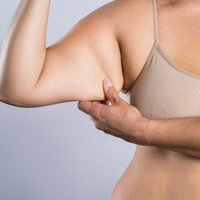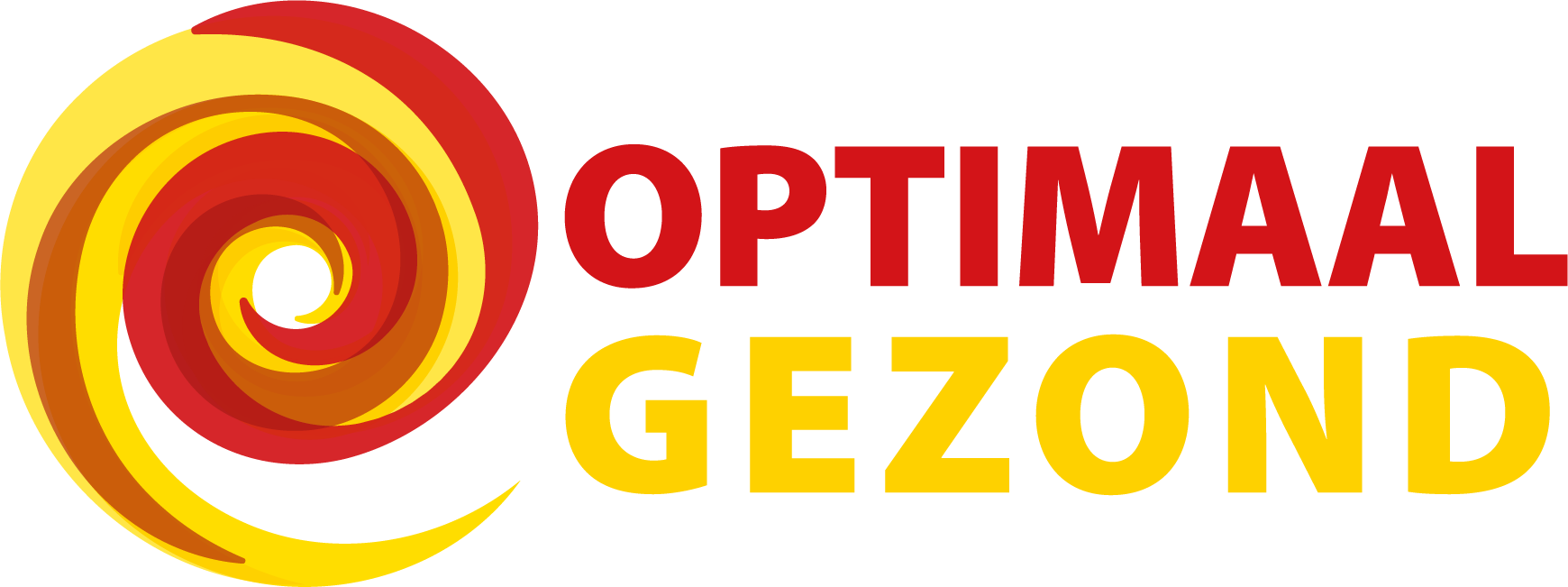There are no products in your shopping cart yet.
Cause and solution for sagging skin.

Cause and Solution for Sagging Skin as We Age
It is indeed possible to treat sagging skin. Often, we are inspired by health products that advertise solutions, but these products frequently focus only on relieving symptoms rather than addressing the underlying causes. They may make you dependent on the product without offering significant improvement, and sometimes they can even make the situation worse. Today, let’s debunk the myth of creams that claim to treat loose skin.
Sagging Skin as We Age
As we get older, we often notice that our skin becomes looser, especially in areas like the upper arms, under the chin, abdomen, buttocks, and thighs. The common approach is to apply creams that are supposed to firm the skin. Additionally, we often exercise more frequently and intensively. However, after months of applying creams and working out, we usually find little to no improvement, and sometimes the situation even seems to worsen.
Loose Skin is Primarily Related to Growth Hormones
HGH (human growth hormone) plays an essential role in skin health by promoting the production of proteins and collagen. HGH is transported in the blood to the liver (so it's important to maintain a healthy liver). In the liver, a powerful hormone called IGF-1 (insulin-like growth factor) is produced, which stimulates the growth of bones, cartilage, and muscles. HGH also contributes to tighter skin by increasing collagen production and promoting fat burning.
If your body produces too little HGH, you may experience weight gain without a clear reason, an increased risk of cardiovascular disease, weaker muscles and bones, and, unfortunately, sagging skin. To slow down the aging process, it’s crucial to boost HGH levels.
Factors That Decrease HGH Production
- Excess cortisol (stress hormone) in the body.
- Elevated blood sugar levels (people with diabetes often suffer from sagging skin).
- Excess insulin in the body. Insulin resistance can disrupt HGH production.
- Overtraining combined with insufficient sleep. HGH is mainly activated at night.
- Alcohol consumption. Alcohol affects liver function and, consequently, HGH.
Factors That Increase HGH
Short and Intense Training
Short and intense training has proven more effective than prolonged cardio or long-distance running in increasing HGH levels. Here’s why this type of training can be effective:
- HGH Stimulation: Short and intense workouts trigger the release of HGH in the body. This hormone is crucial for tissue growth and repair, including muscles and skin. Higher HGH levels can help tighten the skin and improve muscle tone.
- Increased Fat Burning: Intense exercises like sprinting and weightlifting burn more calories and stimulate fat burning, contributing to a healthier weight and firmer skin.
- Improved Metabolism: Intense training can boost metabolism, even after the workout, meaning you burn more calories even at rest. This can help manage body weight.
- Muscle Building: Intense weightlifting can lead to muscle growth. Stronger muscles can tighten the skin.
- Time-Efficient: Short and intense training sessions are often time-efficient, meaning you can achieve effective results in less time compared to prolonged cardio training.
Examples of short and intense training methods include:
- Sprinting: Do short interval sprints where you run with maximum effort for short periods, followed by brief rest periods. Repeat this pattern several times.
- Fast Stair Climbing: Climbing stairs quickly is an excellent way to improve both cardiovascular fitness and muscle strength. Try going up and down multiple flights of stairs quickly.
- Intensive Weightlifting: Perform strength training with heavy weights, focusing on compound exercises like squats, deadlifts, and bench presses. Keep rest times between sets short for maximum effort.
Intermittent Fasting to Promote HGH
Intermittent fasting is a dietary approach that can stimulate the production of HGH (human growth hormone) and offers several health benefits, including promoting firmer skin. Here’s how intermittent fasting affects HGH production:
- Increased HGH Production: During fasting periods, when you’re not eating, the body may increase HGH release. This typically happens during the nighttime when you sleep, but intermittent fasting can further boost this natural production during fasting hours.
- Reduction in Insulin Levels: Intermittent fasting can lower insulin levels, especially if you limit carbohydrate intake. Low insulin levels are beneficial because high insulin levels can interfere with HGH production.
- Promotion of Fat Burning: During the fasting period, the body is forced to use stored fat as an energy source, which can lead to fat loss. This can contribute to a healthier weight and firmer skin.
There are various approaches to intermittent fasting, including:
- 16/8 Method: This involves eating within an 8-hour window (e.g., from 12:00 PM to 8:00 PM) and fasting for the remaining 16 hours of the day.
- 5:2 Method: This involves eating very few calories (e.g., 500-600 calories) for two non-consecutive days of the week while eating normally on the other days.
- Reverse Fasting: This involves eating in the morning and early afternoon, and fasting during the late afternoon and evening.
It’s important to note that intermittent fasting is not suitable for everyone, especially those with certain medical conditions, pregnant women, and individuals with a history of eating disorders. If you’re used to eating a lot of carbohydrates throughout the day, it’s better to transition to a more ketogenic diet first. This makes you more stable, and from there, you can begin fasting.
Keep in mind that intermittent fasting is not just about when you eat, but also about what you eat during your eating windows. Consuming pasta, bread, and sweets during your window won’t work. It also makes you unnecessarily hungry when fasting. Eat as much protein and healthy fat as possible, supplemented with vegetables.
Insulin Resistance and HGH
Reducing carbohydrate intake can help decrease insulin resistance, which is beneficial for improving skin health and promoting firmer skin. Here’s how this works:
Insulin is a hormone produced by the pancreas that regulates blood sugar levels by transporting glucose from the blood into cells, where it can be used as energy. In insulin resistance, cells don’t respond well to insulin, causing the pancreas to produce more insulin to remove the same amount of glucose from the blood. This can lead to high insulin levels in the bloodstream.
The link between insulin resistance and skin problems is that high insulin levels can cause inflammation in the body and stimulate oil production in the skin, leading to skin issues like acne. Additionally, insulin resistance can contribute to accelerated skin aging and sagging skin, as it can promote the breakdown of collagen and elastin.
Carbohydrates and Insulin:
Carbohydrates are broken down into glucose in the body, leading to a rise in blood sugar levels. To counter this rise, insulin is released. Eating large amounts of simple carbohydrates, such as sugars and refined grains, can lead to rapid spikes in blood sugar levels and, therefore, increased insulin levels.
By reducing carbohydrate intake, especially simple carbohydrates, you can keep blood sugar levels more stable and reduce insulin resistance. This, in turn, can help reduce inflammation in the body and maintain healthier skin.
Try to keep your carbohydrate intake below 50 grams per day. You can track this using an app like FatSecret. In practice, this means mainly eating (animal) protein, healthy fats, and some vegetables.
Adequate Sleep and HGH
Adequate sleep is vital for a healthy body, reducing cortisol levels, and stimulating HGH production. Here’s how sleep affects these hormones:
Cortisol and Sleep:
Cortisol is a hormone produced by the adrenal glands and is involved in the body’s stress response. A healthy cortisol level follows a day-night rhythm, peaking in the morning to help you wake up and gradually decreasing throughout the day. At night, cortisol levels should typically be low to allow for a good night’s sleep. A lack of sleep or poor sleep quality can lead to elevated cortisol levels, contributing to stress, inflammation, and skin problems.
HGH and Sleep:
HGH is primarily released during the deep sleep phases, especially in the first few hours of sleep. This is why a good night’s rest is crucial for HGH production. HGH plays a role in tissue repair and growth and promotes skin regeneration and collagen production, contributing to firmer and healthier skin.
Here are some tips to promote good sleep quality and optimize cortisol and HGH levels:
- Try to go to bed and wake up at the same times, even on weekends, to regulate your body clock.
- Create a sleep-friendly environment: Ensure a comfortable mattress and pillows, and keep the bedroom cool, dark, and quiet.
- Limit screen exposure: Avoid using smartphones, tablets, and computers at least an hour before bedtime, as blue light can affect melatonin production, the hormone that regulates sleep.
- Avoid caffeine and stimulants: Limit the intake of caffeine and stimulants, especially in the afternoon and evening, as they can disrupt sleep.
- Relaxation exercises: Try relaxation techniques like meditation, breathing exercises, or a warm bath before bed to reduce stress.
- Regular physical activity can contribute to better sleep, but avoid intense exercise just before bed.
- Manage stress: Learn stress management techniques such as yoga, mindfulness, or progressive muscle relaxation to reduce the cortisol response.
Addressing Estrogen Dominance in Women to Promote HGH
Addressing estrogen dominance in women can be beneficial for promoting HGH (human growth hormone) and maintaining healthier skin. Estrogen dominance occurs when estrogen levels are too high relative to other hormones. Balancing hormones makes all processes in your body easier.
It’s important to understand that improving your skin’s health and reducing sagging skin is not solely dependent on using progesterone cream or Balance Plus cream, but primarily on internal factors such as hormones, diet, exercise, and sleep. By addressing these underlying causes, you can make real progress in treating sagging skin and promoting a healthier, more youthful appearance.
 English
English


